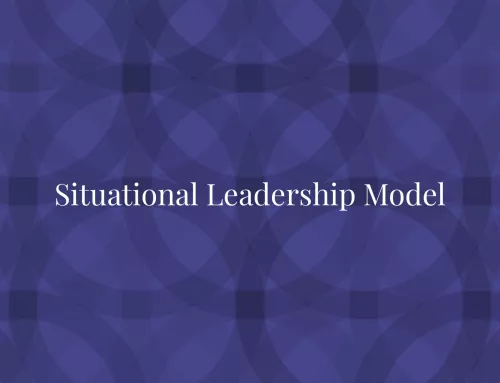The halo effect is a type of cognitive bias in which our overall impression of a person influences how we feel and think about his or her character. Essentially, your overall impression of a person impacts your evaluations of that person’s specific traits.
In her article, The Beauty Advantage, columnist Jessica Bennett cites the following facts:
- Handsome men earn, on average, five percent more than do less attractive men (four percent more for women)
- Over his career, an attractive man will make $250,000 more on average than a less attractive man (from economist Daniel Hamermesh)
- 13% of women say they’d consider plastic surgery if it made them more competitive (American Society of Plastic Surgeons)
- 60% of overweight women and forty percent of overweight men say they’ve experienced employment discrimination
- 57% of surveyed hiring managers told Newsweek that qualified but less attractive candidates will have a harder time landing a job
- 61% of managers (majority men) surveyed said that women gain an advantage by wearing work attire that shows their figure
- Ranked in order of importance, looks came in 3rd behind experience (1st), confidence (2nd), but ahead of the candidate’s school (4th)
The article goes on to talk about the Halo Effect,” saying,
like a pack of untrained puppies, we are mesmerized by beauty, blindly ascribing intelligent traits to go along with it
What is Halo effect?
The Halo Effect happens when our sub-conscious positive judgment of certain characteristics in an individual influences our overall judgment of that person. Politicians use the halo effect to their advantage by trying to appear warm and friendly, while saying little of any substance. People tend to believe their policies are good, because the person appears good. It’s that simple! So, we end up evaluating that person exceedingly high on many traits because we are so magnetised by a single trait.
Also known as the physical attractiveness stereotype and the “what is beautiful is good” principle, the halo effect, at the most specific level, refers to the habitual tendency of people to rate attractive individuals more favorably for their personality traits or characteristics than those who are less attractive.
Halo effect is also used in a more general sense to describe the global impact of:
- likeable personality
- some specific desirable trait
- biased judgments of the target person
Thus, feelings generally overcome cognitions when we appraise others.[1] For example, if a person is vocal during one-on-one discussions, we may presume great presentation / sales skills, group leadership, etc.
Origins of halo effect
Psychologist Edward Thorndike first coined the term in a 1920 paper titled, The Constant Error in Psychological Ratings [2]. In the accompanying experiment, Thorndike asked the commanding officers in military to evaluate their subordinate soldiers. These evaluation criteria included such dimensions as leadership, physical appearance, intelligence, etc. Thorndike’s goal was to determine how evaluations of one dimension influenced the assessments of other characteristics. He found that high ratings of a particular quality correlated with high ratings of other characteristics; negative ratings of a specific quality also led to lower ratings of other characteristics.
Ramifications
The effect is worth noting because it can wreak havoc with management. Supervisors performing employee appraisals may inadvertently allow strong ratings of some critical dimensions to colour the overall ratings.
At work, the halo effect might most likely to show up in a supervisor’s performance appraisals of a subordinates. In fact, the halo effect is probably the most common bias in performance appraisal. The supervisor may value a single characteristic more than other characteristics. Correspondingly, the supervisor may very give an employee higher ratings despite the shortcomings in knowledge or abilities.[3]
According to ‘Reputation Marketing’ by John Marconi, books that have Harvard Classics written on the front can demand twice the price of the exact same book without the Harvard endorsement. The same is true in the fashion industry. The addition of a well-known fashion designer’s name to a simple pair of jeans can inflate their price tremendously.
References
| ↑1 | Standing, L. G., in The SAGE Encyclopedia of Social Science Research Methods, Volume 1, 2004 |
|---|---|
| ↑2 | The Constant Error in Psychological Ratings |
| ↑3 | (Schneider, F.W., Gruman, J. A., & Coutts, L. M., Applied Social Psychology, 2012) |




